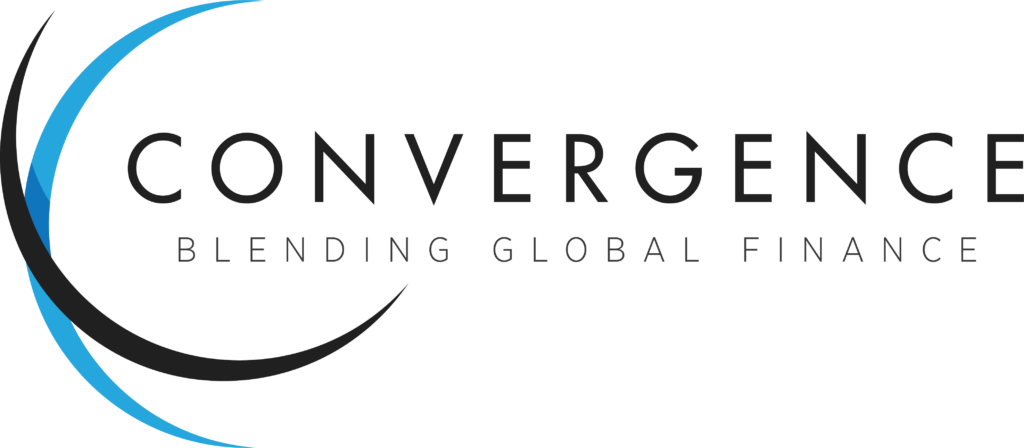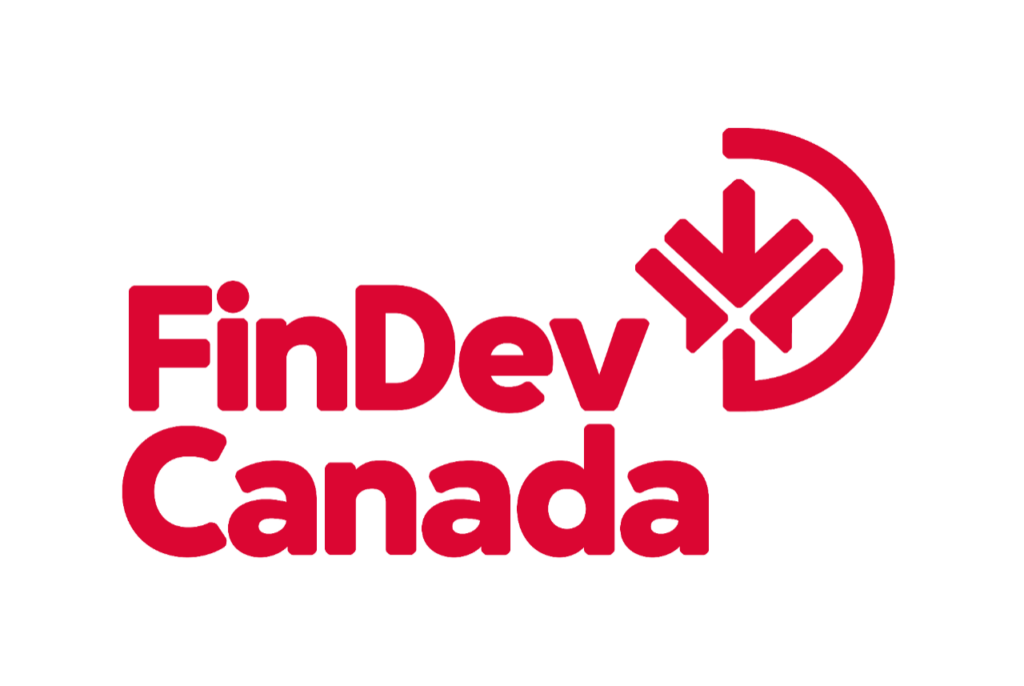After consistent reductions in both Official Development Assistance (ODA) spending and policy space under the Harper Conservatives (2006 to 2015), blended finance and private sector engagement have been at the forefront of the Government of Canada’s (GOC) plan to reinvigorate Canada’s global development agenda.
While traditional ODA levels remain stagnant, Global Affairs Canada (GAC) has ramped up its promotion of “innovative financing for sustainable development” and positioned itself as a champion of blended finance. In Canada, designating more public moneys under ODA to support the private sector in the name of ‘development’ is a trend that continues to grow through policies, institutions, funds, and programs created to facilitate Canada’s approach to blended finance in international development. Below are some examples of Canada’s track record to date.
Institutions

In 2015, the government announced the launch of Convergence at the Financing for Development negotiations in Addis Ababa, Ethiopia. Headquartered in Toronto, the Convergence platform is a “global network of public, private, and philanthropic actors” whose purpose is to facilitate blended finance deals with data and intelligence. It was designed by several global partners, including Canada’s former Department of Foreign Affairs, Trade and Development (DFATD), now Global Affairs Canada (GAC), the World Economic Forum, and various private sector consultancies. As of 2024, Convergence remains heavily dependent on GAC for its operational budget, but has also received grants and contributions from the Australian Department of Foreign Affairs and Trade, and private sector actors like Ford, Citi, and MacArthur foundations. According to GAC, since it was created, Convergence has grown into the “globe’s leading centre of expertise in blended finance.”

In January 2018, Export Development Canada (EDC), the national export credit agency, launched a subsidiary firm, the Development Finance Institute Canada (FinDev). FinDev’s mandate is to support “the private sector in developing markets to promote sustainable development” by focusing on job creation (through market development), women’s economic empowerment, and climate change mitigation and adaptation. The institution provides “financial solutions such as debt, equity and guarantees to clients operating in developing countries.” As of 2023, FinDev Canada has received an estimated $1.3 billion through EDC. FinDev’s efforts are exclusively focused in Latin America, the Caribbean, and sub-Saharan Africa, due to claims that Canada has “the greatest strengths and experiences” in these geographical regions. FinDev targets investment in sectors related to “green growth” (i.e. renewable energy, infrastructure, water management, etc.), agriculture, and finance. FinDev also expresses a similar emphasis as Convergence for the need to ‘fill the gap’ in financing necessary to achieve the United Nations Sustainable Development Goals (SDGs).
While FinDev’s investment portfolio is shrouded in opacity, it continues to grow annually. Between 2021 and 2024, FinDev’s signed commitments grew from $326 million with 23 clients to USD $966 million with 46 clients. Yet even while its portfolio grows, the measurement of its development impacts and outcomes is often opaque and highly questionable. Despite its failure to coherently demonstrate advancements made towards its development goals and widespread criticism of its approach from civil society, the GoC continues to plough forward with this financialized approach to international aid.
Policies
Changes to the Official Development Assistance Accountability Act and the new International Financial Assistance Act
Alongside the creation of FinDev, the federal government has also made significant changes to the Canada’s Official Development Assistance Accountability Act (ODAAA). Whereas before these changes ODA was defined as concessional grants and soft loans that promote the economic development and welfare of developing countries, Bill C-86 in 2018 essentially eliminated this definition, giving ministers unilateral power to define ODA as they see fit. This is important because ODA can now be used for essentially any funding providing to local or national governments and thus obscures how public moneys are reaching developing countries, including whose interests it serves.
Additionally, the Bill loosens reporting requirements, giving the government 12 months after the end of the fiscal year to finalize its annual report on ODA (rather than 6 months as was previously the case) and repeals sections requiring the Minister of Finance to submit an additional report on positions and resolutions adopted at the World Bank and IMF. Bill C-86 also enacts a new International Financial Assistance Act (IFAA)which further obscures, like the two measures mentioned above, what ODA consists of and diminishes transparency and accountability. The enactment of the IFAA also allows for public funds to be used to underwrite loans to and from private entities and for an even greater reliance on loans rather than grants as the primary vehicle for the provision of ODA. This opens the door to unrestricted leveraging of financial markets to fund and collateralize ODA and further encourages a business model-style public administration of aid. These developments will increase the financialization of international aid and further embed private sector interests into formal government policy and legislation.
Funds and Programs
The Equality Fund and the Feminist International Assistance Policy
In 2019, the GoC provided a CAD 300 million (USD $225 million) contribution to establish the Equality Fund, an initiative that aims to “bring the granting, philanthropic and investment worlds together into a single platform” to mobilize resources for women’s rights organizations and movements in developing countries. The Fund claims to promote the objectives of Canada’s Feminist International Assistance Policy (FIAP) including impact and gender lens investing with funding from multistakeholders including the GoC, philanthropic organizations, private sector investors, and non-governmental organizations. With a commitment to feminism and innovative tools for financing, including blended finance, the Equalty Fund aims to “unlock new capital for women’s rights organizations and movements.”
For more information:
- “Innovative” Finance for Gender Equality: Towards the Privatization of International Development? published by the McLeod Group Blog (in English)
- Financements « innovants » pour l’égalité de genre : vers la privatisation du développement international? published by Pivot (in French)
- La finance « innovante » sous la perspective du genre published by AQOCI (In French only)
The International Assistance Innovation Program
In 2019, Canada launched the International Assistance Innovation Program (IAIP), a five year (2019 to 2024) pilot program of CAD $900 million targeting investments that help mobilize additional private investments in developing countries. Like all of Canada’s blended finance programs, the IAIP aims to use blended finance to help increase funding to achieve the SDGs based on three objectives: Market building through pro-poor investments; mobilizing public and private finance for sustainable development; and promoting gender equality. Originally, the IAIP was pitched as a funding possibility to a range of Canadian actors, including Canadian development cooperation organizations, although very few have been able to access the funding, and little is known about the programs and projects that received funding.
